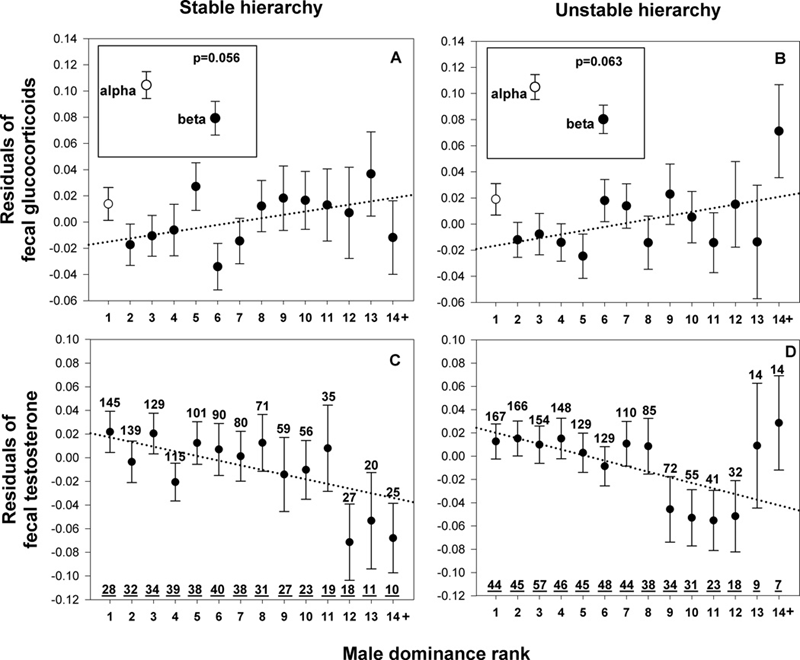
Analyzing Graphs - Social Hierarchy
 Dominance hierarchy, also known as social hierarchy or pecking order, is a social structure observed in many animal species where individuals within a group establish and maintain a ranking system based on social dominance. This hierarchy determines the access to resources such as food, mates, and shelter, as well as influences social interactions and behaviors within the group.
Dominance hierarchy, also known as social hierarchy or pecking order, is a social structure observed in many animal species where individuals within a group establish and maintain a ranking system based on social dominance. This hierarchy determines the access to resources such as food, mates, and shelter, as well as influences social interactions and behaviors within the group.
-
Establishment of Hierarchy: Dominance hierarchies are typically established through social interactions such as aggression, submission, and ritualized displays. These interactions help individuals within the group assess each other's strength, assertiveness, and ability to compete for resources.
-
Ranking System: Once established, the dominance hierarchy organizes individuals into a linear or nonlinear ranking system, where each individual holds a particular rank relative to others in the group. Higher-ranking individuals have priority access to resources and are often afforded more privileges within the group.
-
Maintenance of Hierarchy: Dominance hierarchies are dynamic and can change over time due to factors such as changes in individual fitness, age, or social status. Social interactions, including displays of dominance and submission, play a crucial role in maintaining the stability of the hierarchy.
-
Communication of Dominance: Animals communicate their dominance status through various signals and behaviors, including body posture, vocalizations, facial expressions, and physical interactions such as aggression or submission displays. These signals help establish and reinforce the social order within the group.
-
Benefits and Costs: Dominance hierarchies offer both benefits and costs to individuals within the group. Higher-ranking individuals often enjoy greater access to resources, mating opportunities, and protection from predators. However, maintaining a high rank may require constant vigilance and investment in social interactions, as well as the risk of increased aggression from lower-ranking individuals challenging their position.
Analyzing Scientific Articles and Graphs
Title: Life at the top: rank and stress in wild male baboons

Analysis
1. Examine graphs A and B. How does the level of stress differ for alpha (high ranking) males and beta males?
Does the stability of the group affect the overall levels of stress in individuals?
2. Examine graphs C and D. What is the relationship between testosterone levels and social rank?
3. Considering both sets of graphs. Can you INFER a relationship between testosterone levels and stress hormones? Explain.
4. Why would scientists want to study social behavior and dominance hierarchies?